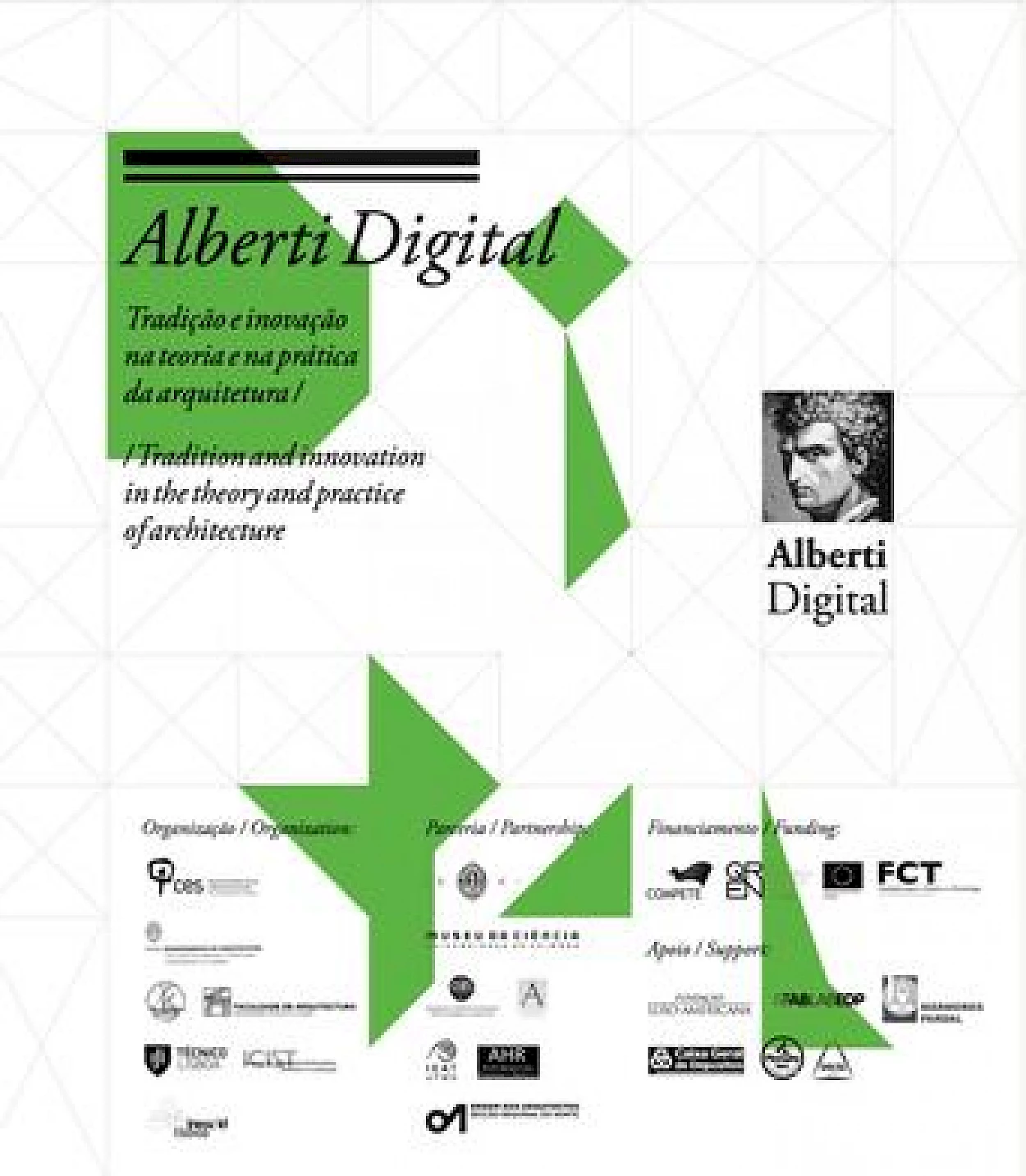Duration
01/01/2010 - 31/01/2014
This research project is simultaneously a celebration and an innovation. A celebration in the sense of commemorating the order given by King João III in the mid-16th century to André de Resende to translate Leon Battista Alberti's De re aedificatoria into Portuguese. An innovation in the sense of producing, for the first time, an intelligent computational environment to understand the cultural impact of this treatise on classical architecture, both in Portugal and overseas. Unfortunately, Resende's handwritten translation has been lost, but Alberti's architectural influence during the Counter-Reformation in Portugal was recognized due to the dissemination of Renaissance culture outside Italy. This had a profound impact not only on the continental territory but also on overseas territories, namely Brazil and India, which were under Portuguese administration at the time. Given that the edition of the treatise in Portuguese, done by Krüger & Santo, will be available for the first time and translated from Latin, and will be published by the Calouste Gulbenkian Foundation in 2009, we are at the right moment to understand the implications of Alberti's theory in classical architecture in Portugal. This project aims to trace that influence by using, on one hand, a computational environment to construct a generative grammar of form, not only to decode the treatise, originally published in 1485 and without illustrations, but also to understand its influence on Portuguese architecture using the tools provided by the construction of a grammar of form, which will enable the understanding of transformations between its proposed formal organization and the designed and constructed buildings, both in Portugal and in those overseas territories. This project therefore has the following stages to achieve these objectives: Decoding the treatise; Tracing the influence of the treatise on Portuguese architecture; Tracing the impacts on the theory, practice, and teaching of architecture; Assembling an exhibition and organizing an international conference. As final products, there will be a traveling exhibition, educational software will be made available, and a book will also be published to record the results achieved, which will seek to demonstrate the implications of Quattrocento architectural theory on architectural practice in Portugal, particularly during the Counter-Reformation period (16th-17th centuries). (1) Translated from the facsimile of Lücke, 1975, and also from the critical edition of Orlandi, 1996.
Funding:
- FCT
Coordination:
- Mário Krüger
Based at:
- CES
Team:
- Bruno Araújo,
- Bruno Figueiredo,
- Eduardo Castro e Costa,
- Giovana de Godoi,
- Gonçalo Canto Moniz,
- Hélder Silvestre,
- Joaquim Pires Jorge,
- José Pinto Duarte,
- Luís Ferreira,
- Maria Albuquerque Gomes,
- Mário Krüger (coord),
- Nelson Mota,
- Pedro Coutinho,
- Vitor Murtinho.

